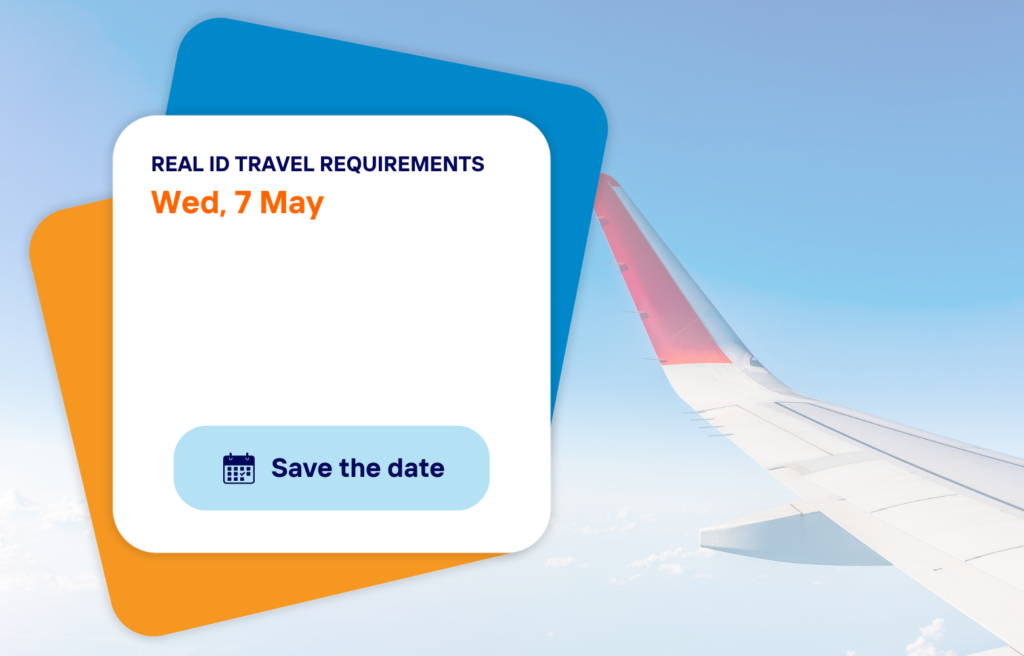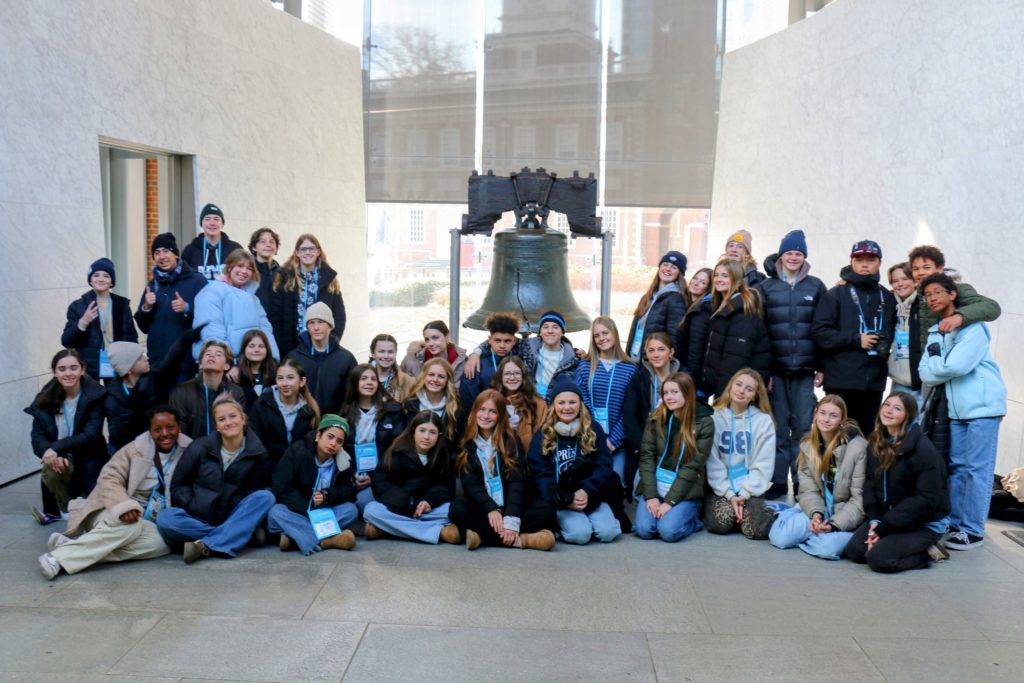Important Advice for Managing Student Medications on a School Trip

One of the most stressful responsibilities for chaperones on a student trip is dispensing medications. Not only is it nerve-racking for medical and liability reasons, but it can be laborious, which can slow down a tour group and throw off a well-planned itinerary.
Here is advice for creating a plan to effectively manage the distribution of student medications while on a school trip.
According to a somewhat outdated study published in the Wall Street Journal online, “More than 25% of kids and teens in the U.S. take prescriptions on a regular basis.” As I watched a school nurse lug two suitcases full of medications off a bus this spring for a three-day tour of Washington, D.C., I’m guessing that percentage has only gotten higher in the last few years.
The next morning, she grabbed a banana as the group began boarding their tour buses for the day. She had missed breakfast after spending 90 minutes distributing morning medications. And she was well-organized, so it wasn’t for a lack of planning that it took so long.
Many trip leaders and school nurses need a plan for managing student medications, but where do you begin?
1. Follow State and District Policy
One major concern staff have is about liability. Your school district most likely has a policy in place, and following established policies provides the best protection.
Some states have laws or standards that establish policies for the administration of medications that apply to all school districts. Other states defer to districts to determine policy. You can refer to the Center for Health and Health Care in Schools, which offers state-by-state information on State Policies on Staff Administration of Medications in Schools.
However, a better course of action may be to contact your school principal to ask for the policy specific to your district. These policies and regulations protect the students and the people assuming responsibility for giving medication during school hours or during a school-sponsored trip.
2. Determine Roles and Responsibilities
School policy may dictate some of the responsibilities related to administering medication, but you also should have a discussion with the school nurse, principal, and anyone who may be identified as a “nurse designee” about roles and responsibilities.
It is most efficient to have a nurse designee for every 10 students who need medication. This ratio helps with efficiency, organization, and privacy.
Here is an effective breakdown of to-dos that have worked well for me in the past.
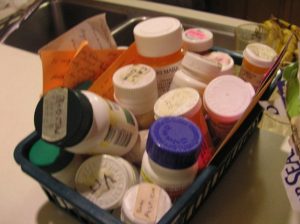
- Collect medication for overnight trips.
- Review forms, including written requests and releases from parents and guardians that will accompany medications to make sure they are complete and easy to understand.
- Prepare a schedule for the distribution of medications collected, including student first and last name, each medicine to be administered, dosage, time(s), and manner of administration. This schedule should include a log to document each distribution when it occurs.
- Organize medications and schedules for people administering the medications once the process and nurse’s designees have been determined.
- Coordinate the pickup medications by a parent or guardian after the trip. This can be done at the end of the trip or at a later date.
- Provide training for any nurse’s or principal’s designees who will dispense medications and the “Five Rights of Medication Administration,” which include the right patient, the right drug, the right dose, the right route, and the right time.
Trip Leader
- Explain the process to families.
- Distribute and collect written authorizations, requests and release forms to families. Check for completion and then give them to the school nurse.
- Determine who will distribute medications to which students and communicate names to the nurse. These people are official “nurse’s designees” to whom the nurse must agree to delegate the task if he or she is not distributing the medication.
- Communicate the process and guidelines for taking medications to students.
- Inform families about the process of picking up medications after the trip.
- Receive training as needed.
Nurse’s Designees (or principal’s designees if your school does not have a nurse)
- Receive training as needed for dispensing medications and keep in mind the Five Rights of Medication Administration.
- Review the schedule and ask questions for clarity.
- Carry medications, schedule, and paperwork for students receiving medications while on tour.
- Administer medications according to the schedule and document distribution in the log provided.
- Return medications to the school nurse after the trip to be returned to families.
- Report any questions or concerns to the trip leader and nurse immediately.
3. Organize Release Forms
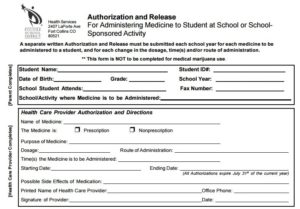
Any student taking medication, prescription or not, should submit an “Authorization for Medication and Treatment Form.” This form should include the following:
- A full release of your district and its personnel from claims arising out of administering the medicine
- Parent or guardian signature
- Prescribing physician signature
If a student takes more than one medication, a separate written request and release should be signed and submitted for each medicine to be administered to make sure dispensing directions for clear for each medication.
Medication and Administration Forms can be downloaded from schoolnurse.com.
4. Collecting Medication
All prescription and over-the-counter medications brought to school should be in a container appropriately labeled by the pharmacist or the physician and delivered to the school nurse within the time frame you communicate.
It is a good idea to allow 48 hours for the school nurse to sort and organize medications before your trip. Approximately 24 hours before the trip, all medication bags should be given to the nurse’s designees and the plans for dispensing should be clearly understood before leaving for the tour.
You may run into a situation where the parent can not get it to you in advance. In that case, encourage the parent to submit the paperwork by the deadline and ask the parent to hand the medication to you personally when they drop off their student for the trip. At no point should the student carry the medication themselves.
5. Dispensing the Medication
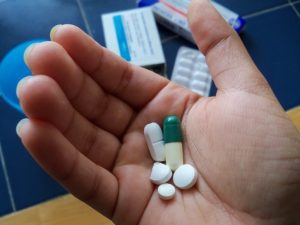
For example, the nurse designee will bring down the medications and information to breakfast. If Hannah needs one pill, the designee will take it out and walk over to Hannah, ask to talk to her privately, and hand her the pill. The designee should document that the medication was received and then move on to the next person who needs medication.
If you have only one person dispensing medication to a large group, the process can quickly become unmanageable and mistakes are more likely to happen.
Some students may have medications sent that they can take “as needed.” If you are separating medication bags by chaperone groups, including the medications, forms, and directions for kids in the group who can take them “as needed.” If you are breaking out groups in another way, you might want to have an “as needed” nurse’s designee. Remind your nurse’s designees that they need to document the medication if it is given to the student.
6. Returning Medication
The most efficient way to do this is at parent pick up. If you are not able to hand off medications to the parent or guardian, hold on to the medications and give parents or guardians a time and place to pick up the medications. This is usually done in the office or the nurse’s office for privacy and security. Medications will need to be secured if they are not returned at pick up.
7. Report Mistakes
It happens to parents and it can happen to nurses and nurse’s designees. In the case that someone gets the wrong medication or an inappropriate dose, report it to parents and school administration immediately and take proper health care measures as needed. The worst thing someone can do is hide a mistake that could impact a child’s well-being, which needs to be reinforced to anyone who is administering medications.
By planning ahead, you will be able to help students with their medical needs and reassure chaperones and nurse designees about their responsibilities.
For more information, The American Academy of Pediatrics offers Guidelines for the Administration of Medication in School.
If you have strategies that have work effectively for you, please share in the comments below!
Originally published July 2016, updated August 2021.

